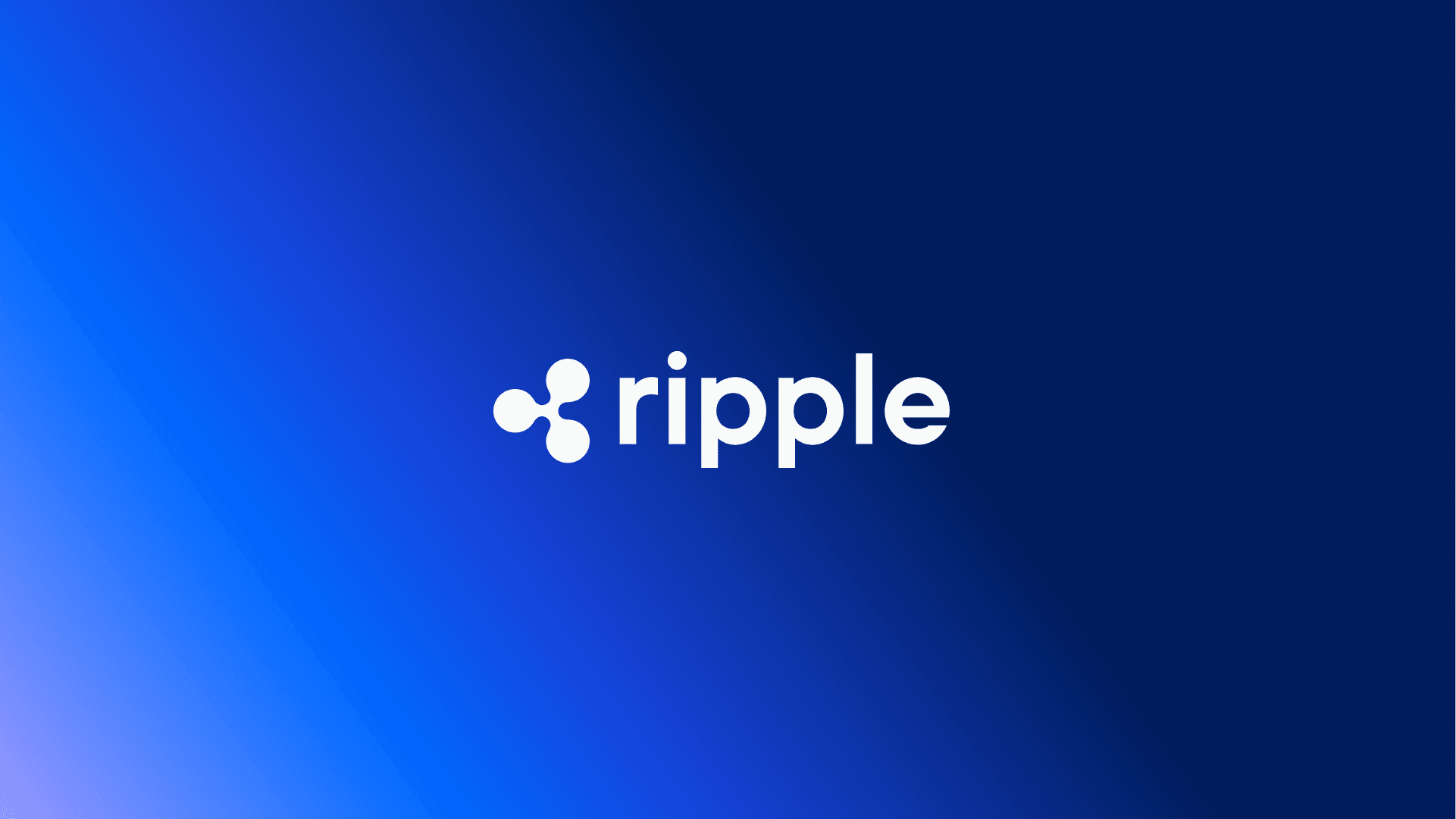Tokenization Revolutionizing the Financial Landscape: A Projected $18.9 Trillion Market by 2033
In recent years, the financial sector has been witness to transformative changes, largely driven by technological advancements. A recent comprehensive study by Ripple, a prominent digital asset infrastructure provider, in collaboration with Boston Consulting Group (BCG), has shed light on an anticipated monumental shift in the market for tokenized real-world assets. According to this report, the market is set to escalate from its current valuation of $0.6 trillion to a staggering $18.9 trillion by the year 2033, with a notable interim projection of $9.4 trillion by 2030. This growth reflects a compound annual growth rate (CAGR) of an impressive 53 percent.
Understanding Tokenization
Tokenization, as BCG’s Managing Director and Partner Tibor Merey elucidates, refers to the process of converting traditional financial assets into digital tokens. These tokens are then stored on shared digital ledgers, known as blockchains. This conversion not only makes the assets programmable and interoperable but also introduces several innovative features such as enabling around-the-clock transactions, allowing for fractional ownership, and ensuring automated compliance. Essentially, tokenization is revolutionizing how financial transactions are conducted by making them more efficient and accessible.
Phases of Tokenization Evolution
The report outlines a structured "three-phase" evolution for the growth of tokenization:
- Low-Risk Adoption: In this initial phase, financial institutions are focusing on tokenizing well-known financial instruments, such as money market funds and bonds. These are relatively safe and familiar, reducing the perceived risk associated with the new technology.
- Institutional Expansion: As the technology matures and confidence grows, institutions are expected to expand tokenization to more complex assets. This includes private credit and real estate, which are traditionally less liquid but offer significant potential for value creation through tokenization.
- Market Transformation: In the final phase, tokenization is anticipated to become an integral part of both financial and non-financial products. This transformative integration will likely redefine how assets are managed and exchanged across various sectors.
Early Movers and Key Drivers
Prominent players in the financial industry, such as BlackRock, Fidelity, and JPMorgan, have already begun to operationalize tokenized assets. Markus Infanger, Senior Vice President of RippleX, highlights that the market is evolving beyond the mere presence of tokenized assets on the blockchain. Instead, these assets are starting to integrate into real economic activities, showcasing their practical utility.
Several key factors are driving this growth in tokenization:
- Regulatory Clarity: The establishment of clear regulatory frameworks in regions like the European Union, United Arab Emirates, and Switzerland is paving the way for widespread adoption. The United States is also expected to follow suit soon, further legitimizing the use of tokenized assets.
- Technological Maturity: The development of sophisticated technology infrastructure, including secure digital wallets and custody platforms, is crucial for supporting the safe and efficient management of tokenized assets.
- Strategic Investments: Banks and financial technology companies are making significant investments in mergers and acquisitions to bolster their capabilities in this emerging field.
Overcoming Challenges
Despite the promising outlook, the journey towards widespread tokenization is not devoid of challenges. Issues such as infrastructure fragmentation and regulatory divergence pose obstacles. However, concerted efforts in standardization and infrastructure development are helping to address these concerns.
The report emphasizes the importance of moving beyond pilot projects. According to Bernhard Kronfellner, Partner and Associate Director at BCG, tokenization is no longer a futuristic concept. Instead, it is the cornerstone for the future of global finance, and institutions must embrace and integrate this technology to remain competitive.
Conclusion
In conclusion, the financial world stands on the brink of a significant transformation, driven by the rise of tokenization. As this technology continues to evolve, it promises to redefine the landscape of asset management and exchange, offering unprecedented opportunities for efficiency and innovation. For those interested in exploring this topic further, the complete report is available for download on Ripple’s official website.
For more detailed insights, you can refer to the original publication here.
For more Information, Refer to this article.


































![Good Lock Features: Discover the Top Favorites [Exploring Good Lock ②] Unveiling the Most Popular Good Lock Features](https://www.hawkdive.com/media/samsung-mobile-good-lock-home-up-3-most-popular-features_thumb728-218x150.gif)